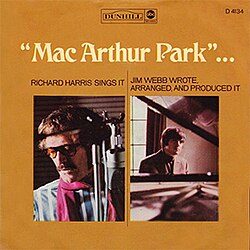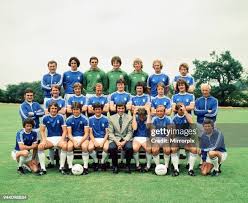Introduction
MacArthur Park, located in the heart of Los Angeles, is a cultural and historical landmark known for its diverse community and vibrant events. Established in the late 19th century, the park has undergone significant transformations over the years, solidifying its relevance as a social and recreational hub for residents and visitors alike. In recent years, efforts to revitalize the park have renewed interest in its historical significance and potential for community engagement.
Historical Background
Originally named Westlake Park, MacArthur Park was renamed in 1942 to honour General Douglas MacArthur. Throughout the decades, the park has been a backdrop for numerous cultural movements and a gathering spot for various immigrant communities. The iconic lake at the centre of the park, along with its historic structures, including the boathouse and the Victorian bandstand, reflects the rich history of the area.
Recent Developments and Revitalisation Efforts
In the past few years, the City of Los Angeles has initiated a series of revitalisation projects aimed at enhancing the park’s amenities and safety. These efforts include improved lighting, maintenance of the walking paths, and enhanced landscaping. In July 2023, the park hosted the annual MacArthur Park Summer Festival, which featured local artists, food vendors, and community organisations, showcasing the park’s role as a cultural hub.
Additionally, collaborations with local non-profits, such as the MAC community project, have focused on engaging young people in art and cultural education, fostering a stronger sense of community ownership.
Challenges and Controversies
Despite its revitalisation, MacArthur Park faces challenges, including issues related to homelessness and crime, which have historically affected the perception of safety in the area. Community leaders are advocating for more resources and support services to address these concerns, highlighting the need for a balanced approach to park management that prioritises safety while enhancing community services.
Conclusion
MacArthur Park stands as a testament to the evolving nature of urban spaces and the importance of community engagement in ensuring their vitality. As revitalisation efforts continue, the park is poised to maintain its legacy as not just a recreational spot, but a site rich in history and culture. Moving forward, the challenge will be to sustain its development while addressing the community’s needs, ultimately reinforcing the park’s significance in the social fabric of Los Angeles.

